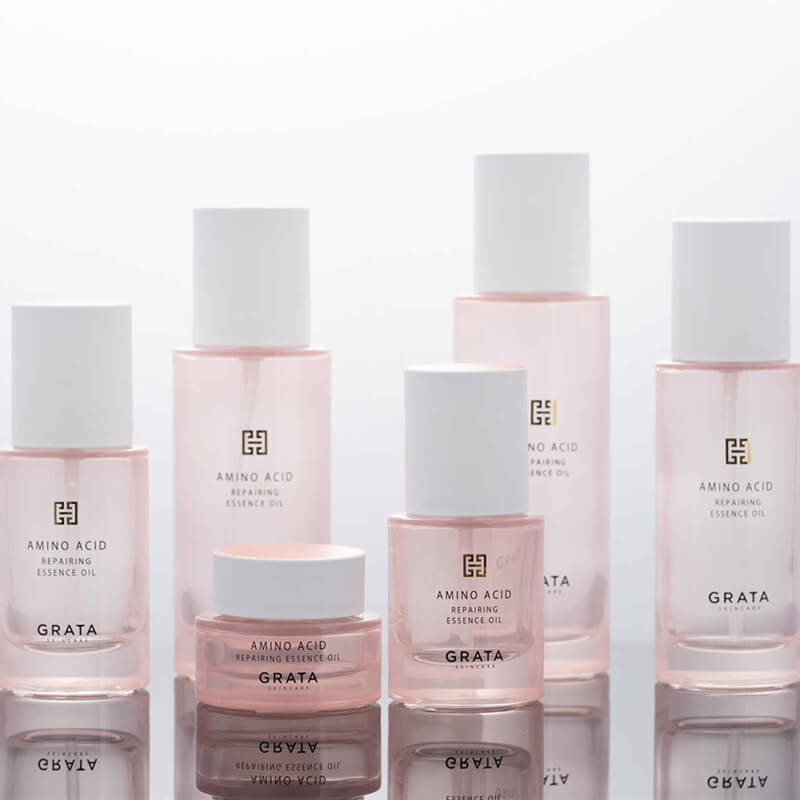Since the first Earth Day (May 22, 1970) awakened environmental awareness, the interest and demand for PCR (post-consumer resin) has continued to grow across all industries that offer packaged goods—and neither do cosmetics and personal care products.

With many environmental trends on the rise, now is an ideal time for businesses large and small to embrace the use of these recycled materials. A study by Nielsen in its Global Responsibility Report shows that 46% of consumers are willing to pay extra for products sold by sustainable brands – an inspiring figure for anyone considering switching to PCR packaging.

Glass was chosen first in categories such as reusability, look and feel, and better protection.
Why? Glass is inert, easily sterilizable, airtight, and will not cross-contaminate. Glass bottles are favored for their sheer appearance and pleasing texture compared to plastic or waxed cartons.

But with the environment on the rise as a societal issue, how do manufacturers of glass-loving products and consumers choose greener packaging options?
The answer: recycled glass.
What is PCR glass?
PCR, which stands for Post-Consumer Recycled Content, means that it is recovered from the end user, then shredded, melted and used again. This glass cycle can be repeated endlessly without damaging the final product. This makes glass a so-called permanent material, unlike plastic, which has a limited recycling life.

PCR glass is made from cullet, which is particulate matter from cullet collected in recycling programs. Crushed glass is mixed with glass raw materials (silica sand, sodium carbonate, calcium oxide derived from limestone, and small amounts of other minerals) in varying percentages, which are then melted and molded into new products.
What keeps recycled glass from reaching 100% PCR content?
1. Not enough post-consumer recycled glass is available. In most countries, there are no specific and detailed measures for glass recycling, and people’s awareness of glass recycling is not strong enough. Less glass is recycled and the cost of recycling increases.

2. The color of PCR glass may be different from the original glass, and may contain spots or other impure colors. The lower the percentage of PCR glass, the clearer or whiter your cosmetic container will look, plus the lower consistency of PCR stock compared to virgin glass makes it more challenging to plasticize or process.
3. Recent innovations in PCR manufacturing have made some regeneration vessels look completely normal with no visible discoloration. But the price of this color-correcting material is a bit high, but that’s pushing PCR technology forward.
Conclusion
The best thing about glass is that it never wears out, so it can be recycled forever. Let’s start recycling now, and we sincerely thank everyone who is doing it. Clearly, recycling is worth it. If we all do our part, there will be less pollution, more energy availablefor our children to enjoy.

Only you know if using PCR is right for your brand. We’re just here to help and make it happen. If you’re ready to try PCR as your product packaging, we would like to offer suggestion!
To get more information about PCR plastic, please click: What is PCR plastic?














